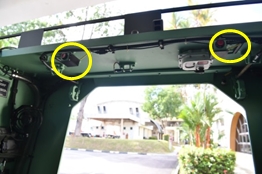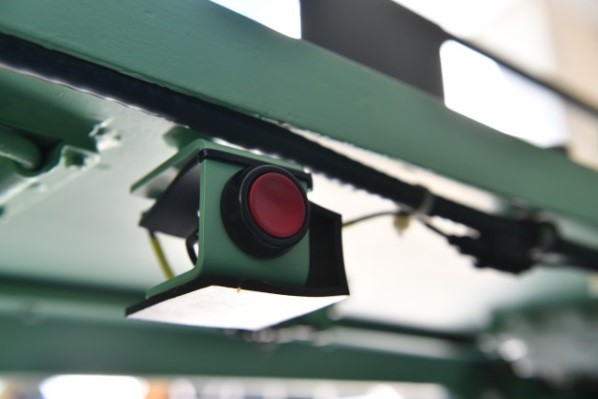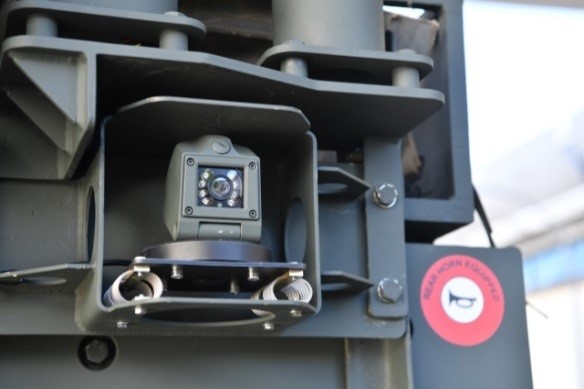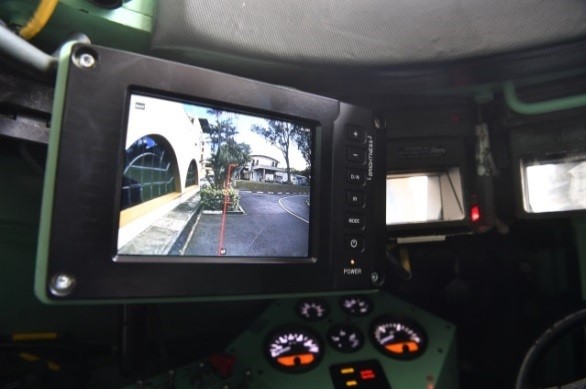Fact Sheet: Enhancements to Bionix Infantry Fighting Vehicle
11 February 2019
This article has been migrated from an earlier version of the site and may display formatting inconsistencies.
Background
The Singapore Army continuously reviews and identifies ways to strengthen our safety management and training system, to ensure safety and to mitigate risks associated with training. Two enhancements to the Bionix Infantry Fighting Vehicle include (i) additional activation means for the emergency horn (e-horn); and (ii) rear-view camera system.
Additional E-horn Activation Means
The existing e-horn activation button in the front vehicle commander's seat compartment produces an audible sound within and outside the vehicle when pressed. The e-horn serves to alert the vehicle operator (driver), and those outside the vehicle of any hazards or obstacles. The alert of the e-horn mandates the driver to stop the vehicle immediately. Since November 2018, two additional e-horn buttons have been installed in the rear crew compartment to allow the vehicle's rear guide to activate the e-horn as an additional means of alerting the driver of any impending hazards or obstacles. This enhancement will augment the overall situational awareness of the crew, and enhance the crew's reaction to their surroundings.
The two additional e-horn activation means have been installed in all the Bionix Infantry Fighting Vehicles in the training fleet. Refer to Figures 1 and 2 below for photos.
Figures 1 and 2: Additional E-horn Activation Buttons


Rear-view Camera System
A rear-view camera system (see Figure 3) will be installed in the Bionix Infantry Fighting Vehicle. This system will provide a live video feed of the vehicle's rear, which enhances the driver's overall situational awareness whilst in the vehicle during training and operations. The rear-view camera is capable of operating in a low-light environment, with the video displayed on the 6.5 inch wide integrated display panel (see Figure 4) mounted in the driver's compartment.
The rear-view camera system is currently undergoing its final stages of design reviews prior to installation. From March this year, the Bionix Infantry Fighting Vehicle training fleet will be retrofitted with the rear-view camera system in phases, and will be completed by 2020.
Figure 3: Rear-view Camera

Figure 4: Rear-view Camera Display Panel

More Resources
Fact Sheet: Establishment of the Singapore Armed Forces Inspector-General Office
Fact Sheet: Bionix Training for NSmen
Fact Sheet: Army Safety Management System
[PIONEER] New safety measures to prevent training accidents: Dr Ng
